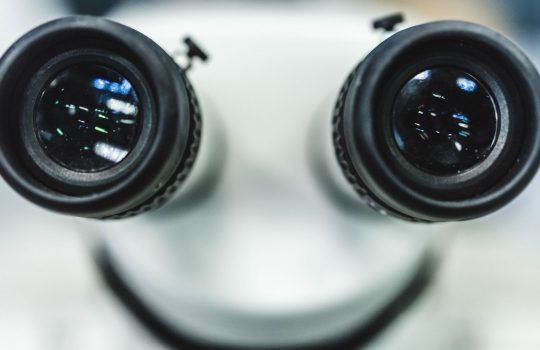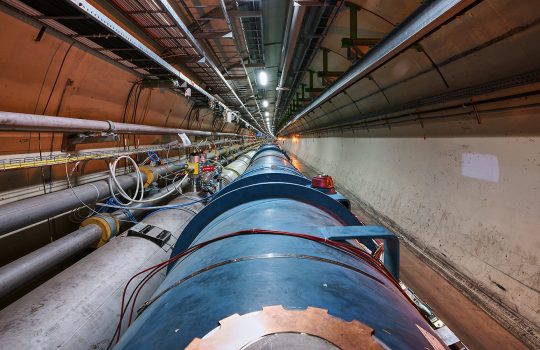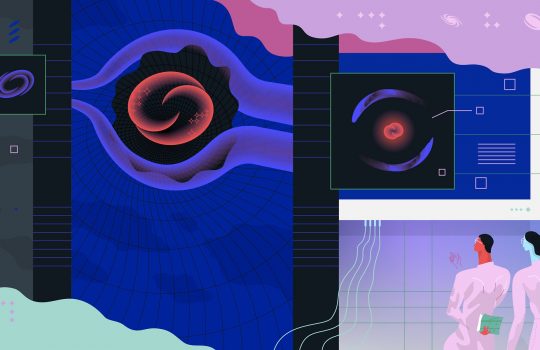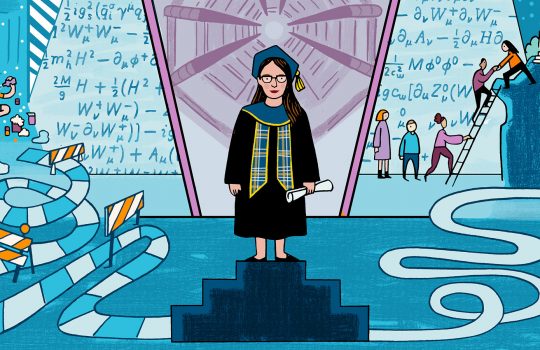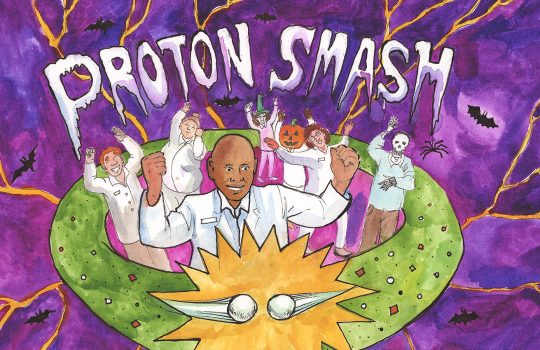Lab Libs
‘Tis the season for friends, family and funny physics fill-ins. Here at Symmetry, we’ve taken a page from Mad Libs, those short stories designed to trick you into learning parts of speech, and created some science-themed Lab Libs (to trick you into learning science). Simply fill in the blanks to create original science stories.

